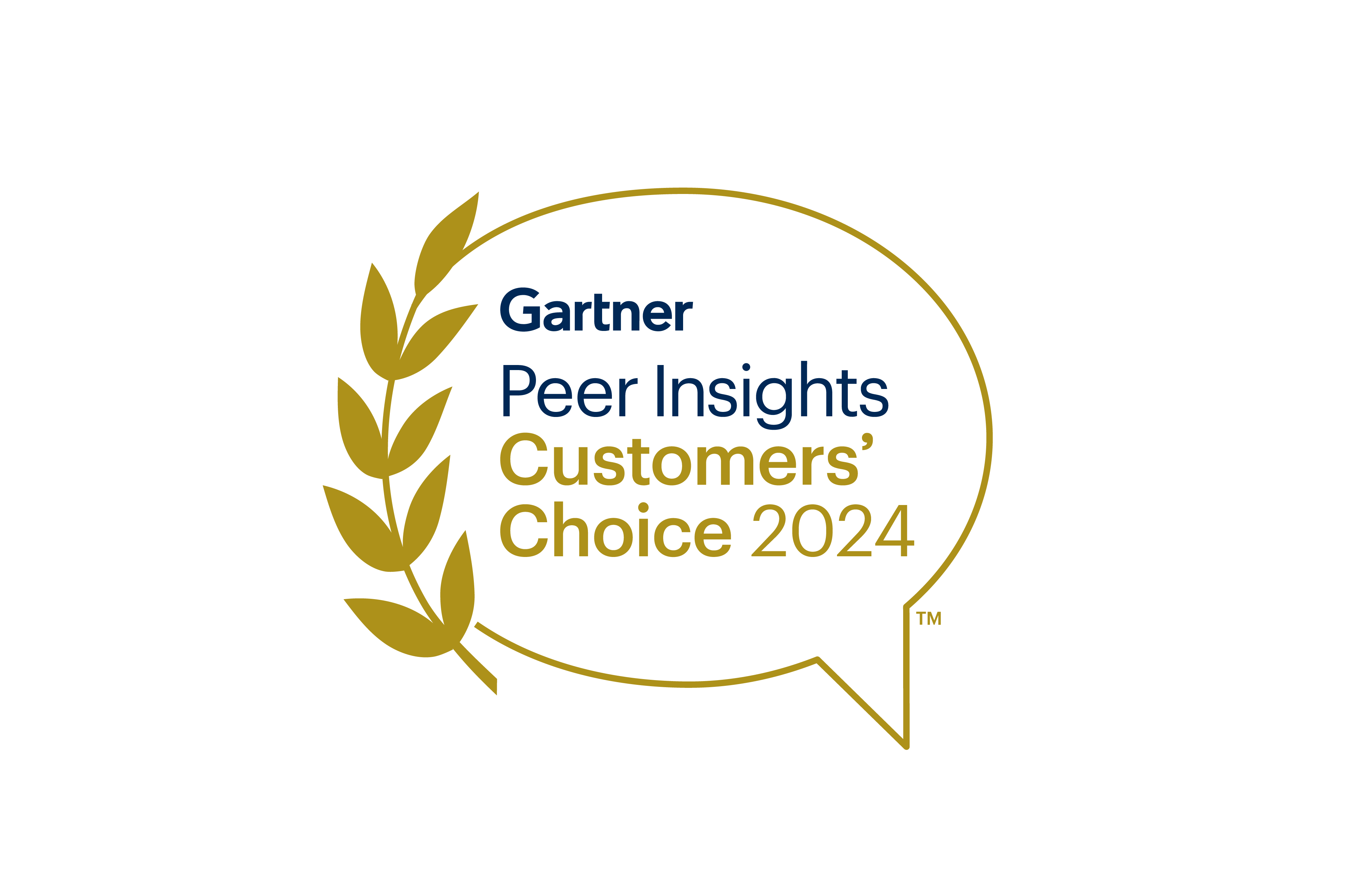Recruitment is one of the most crucial processes for any organization. Right from your output quality to your reputation—it significantly affects everything. However, determining the right recruitment budget can be challenging. About 20% of companies spend more than 60% of their HR budgets on talent acquisition.
Despite this, they remain vulnerable to problems like talent shortages, mismatched skills, and high employee turnover. This suggests that simply spending more isn’t the solution—organizations need a data-driven approach to optimize their hiring investments.
So, in today’s blog, let’s discuss Cost per Hire and how you can use it to calculate the most efficient recruitment budget for your company.
Suggested Read:
Recruitment Process Guide For HRs to Hire Top Talent
What Is Cost per Hire?
Cost per Hire (CPH) is an essential recruitment metric. It indicates the total cost a company faces to hire a new employee. It’s a comprehensive figure that accounts for every recruitment-related cost. This includes job advertising fees, recruiter fees, interview costs, training expenses, etc.
Why Does Cost per Hire Matter?
Cost per hire isn’t just any figure; it’s a reflection of your hiring process’s efficiency. If you’re wondering why you should even take up the task of calculating it, here are some of its benefits you need to know:
1. Helps Optimize Budget
Every organization has a fixed budget for recruitment. However, most fail to optimally use it, often leading to under/overutilization of resources. This negatively impacts talent quality, profitability, and overall hiring efficiency.
CPH prevents this. It helps HR managers analyze hiring costs so they can optimize them as per their needs. That’s not all—it also enables them to weave cost-effective hiring strategies for the future.
2. Encourages Data-Driven Decision-Making
70% of hiring professionals admit that data-driven insights improve their hiring quality. But do you know what’s the most important hiring data that contributes to these “insights?” You guessed it right—CPH.
Cost per hire allows companies to compare hiring costs across different roles, departments, and locations. This helps them identify the best recruitment sources, leading them closer to top talent pools.
3. Boosts Hiring Efficiency
A higher CPH indicates inefficiencies, while a lower one demonstrates better hiring effectiveness. However, organizations that don’t track this metric remain oblivious to these details.
More often than not, every hiring process has certain hidden potentials for improvement that are not obvious qualitatively but can enhance hiring results when addressed. Tracking CPH not only helps you identify these opportunities but also suggests ways you can optimize them.
4. Enables Workforce Planning
According to statistics, 90% of hiring managers struggle to find skilled candidates for a role. This acute shortage has made early workforce planning a top priority for businesses. However, it’s impossible to estimate future hiring needs entirely without accurate CPH data.
Cost per hire not only helps you ascertain your present hiring costs. It also reveals hiring expenses for the future, helping you anticipate costs for seasonal hiring or expansion plans.
5. Impacts Business Finances
Cost per hire impacts a company’s financial health in several direct and indirect ways.
Firstly, it ensures you hire the best talent at the best cost, making sure no funds are wasted due to inefficiencies in the hiring process. Secondly, improving recruitment strategies enables companies to attract and retain top talent, ultimately enhancing productivity and long-term profitability.
What Is the Formula for Cost per Hire?
If you want to determine the Cost per Hire (CPH) of your company during a period, here’s the formula you should use:
CPH = Total recruitment costs/Number of hires
Total recruitment costs include all internal and external expenses related to hiring a new employee. For example, recruiter’s salary, hiring team’s time, onboarding and training costs, travel expenses, relocation costs, etc.
The number of hires implies the total number of employees hired during that period.
Here’s an example:
Suppose a company wants to ascertain its CPH during the month of August. It spent a total of INR1,00,000 on recruitment and hired a total of 10 employees.
So, as per the formula, its CPH would be
= 1,00,000/10
= INR 10,000
This means the company spent INR 10,000 to hire each new employee.
Steps to Calculate Cost per Hire
Ascertain how much you spend in hiring a new employee for your organization—follow these steps to calculate Cost per Hire (CPH):
Step 1: Identify Your Total Recruitment Costs
First and foremost, gather all internal and external costs you incurred during the hiring process. This includes:
- Job advertising fees (online job boards, social media ads, etc.)
- Recruiter salaries or agency fees
- Background checks and pre-employment assessments
- Interview costs (travel, accommodations, or assessment tools)
- Employee referral bonuses
- Onboarding and training expenses
Step 2: Determine the Number of Hires
Now that you have gathered all the costs, count the total number of employees your organization hired within a specific period. It can be monthly, quarterly, half-yearly or annually. However, make sure the count only consists of successful hires and not all the applicants.
Step 3: Apply the Cost Per Hire Formula
Next up, apply the standard CPH formula. It is the total recruitment cost divided by the total number of hires.
Step 4: Compare and Analyze
Now that you have your cost per hire data, compare it against industry standards. If your cost is too high, look for areas that can be optimized to control the cost. For instance, if you rely on third-party recruiters, strengthen your internal hiring process to bring down your CPH. This will gradually help you eliminate inefficiencies from your hiring process.
Step 5: Track and Adjust
Finally, keep monitoring your CPH to ensure it’s always optimized for efficiency. Keeping records of CPH trends helps in budgeting and making data-driven hiring decisions.
How to Use the Cost per Hire Data?
Now that you know the steps to ascertain cost per hire, here are a few ways you can use it in your organization:
Optimize Recruitment Budget
If you feel your recruitment budget is too high, calculate CPH. It gives a clear picture of where the recruitment funds are going, enabling you to identify and cut down on costs that are unnecessary and optimize the budget to its maximum potential.
Maintain Hiring Quality
Although cost-cutting can be beneficial, doing so without being backed by strong data can adversely impact your hiring quality. Therefore, always use your CPH to understand if there’s really a pressing need to optimize the hiring cost. This will help you strike the perfect balance between hiring budget and quality.
Benchmark Against Industry Standards
Another solid implementation of CPH is for creating competitive hiring budgets. To do so, you need to compare your CPH with the industry averages. This way, you can easily determine if your hiring costs are attractive to top talent and make any necessary adjustments.
Increase Hiring Efficiency
You can easily root out severe inefficiencies from your hiring process by analyzing your CPH data. It helps HR teams refine processes, reduce time-to-hire, and eliminate bottlenecks, leading to a more streamlined recruitment strategy.
Enhance Candidate Experience
If CPH analysis shows high costs related to prolonged hiring processes or multiple interview rounds, you can work on simplifying the candidate experience. A smoother, faster hiring process will help you improve your reputation and attract better candidates.
Tips to Reduce Your Cost per Hire
Is your cost per hire too high? Don’t worry—check out these seven tips to reduce it:
1. Leverage Employee Referrals
As per data, as many as 84% of companies rely on employee referral programs to fill up open positions. They reduce job advertising costs, recruiter costs, and other related expenses, significantly reducing your CPH.
2. Switch to Low-Cost Job Boards
Instead of posting your hiring requirements on paid job boards, leverage free platforms like LinkedIn and Facebook to reach a wide set of audience and spread the word about the opportunity in your company—without any cost!
3. Streamline Your Hiring Process
A lengthy hiring process—with multiple rounds and stages—not only complicates hiring but also increases its costs. So, simplify your hiring process. Instead of multiple one-on-one interviews, conduct a group interview to save both time and resources.
4. Build a Talent Pipeline
Don’t reach out to third-party platforms, agencies, or recruiters every time there’s an open position in your organization. Instead, maintain a register of past applicants/pre-screened candidates to find the best fit for future roles and reduce your recurring costs.
5. Strengthen Internal Hiring
Turn to internal hiring methods like promotions or transfers, especially if the role that needs to be filled doesn’t require exclusive skills or expertise in a niche. This will save money and expedite your onboarding process.
6. Boost Your Company’s Branding
Companies with a strong brand value seldom have to reach out to candidates or third-party job boards to recruit in their organization. Rather, they attract candidates to apply to their company, reducing the need for paid advertising and external recruiters.
7. Invest in ATS
An Applicant Tracking System (ATS) is a tool that automates several steps in the hiring process, such as reviewing CVs and screening candidates. It also improves candidate sourcing and minimizes the need for external recruiters.
Conclusion
Tracking Cost per Hire (CPH) isn’t just about managing recruitment expenses—it’s about ensuring your hiring process is both efficient and effective. A well-optimized CPH helps attract top talent without unnecessary costs, ultimately strengthening your workforce and improving business performance. By leveraging data-driven insights, companies can refine their hiring strategies, reduce inefficiencies, and make smarter talent decisions.
So, if you’re looking for a smarter way to optimize your hiring costs while securing the best talent, focus on your CPH!
In this regard, you can check out PeopleStrong. An all-inclusive SaaS platform, PeopleStrong’s robust Recruitment Solutions can help you optimize your CPH and boost your hiring efficiency.












